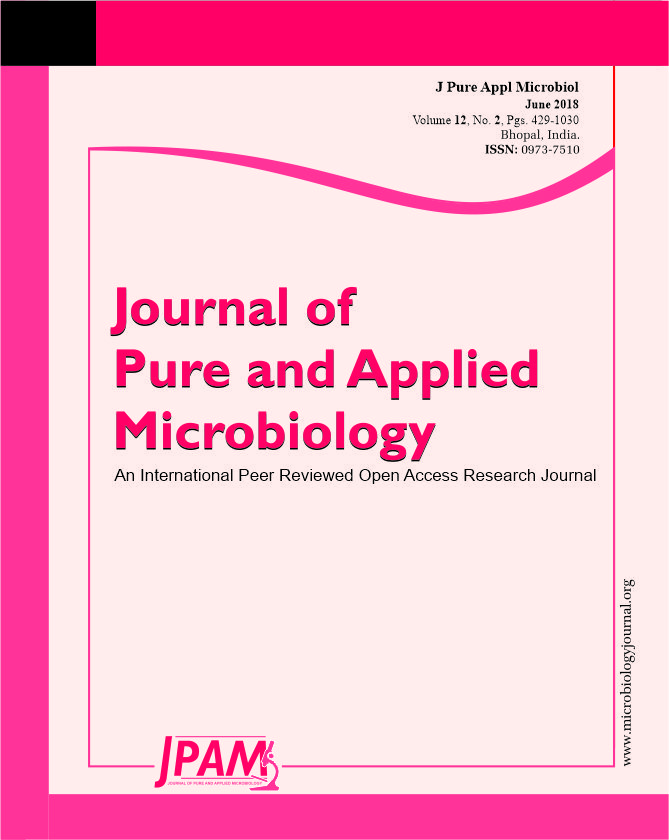Ninety-one Bacterial samples were collected from Al-Sader Medical City in Al-Najaf province during a period of 11 weeks from 2-7-2016 to 15-9-2016. The isolates were identified according to cultural characteristics and biochemical activities. The results have revealed that 25 (27%) samples were E.coli, 22 (24%) samples were Staphylococcus spp, 27 (30%) samples were Proteus spp, and 17 (22%) samples were Enterococcus spp. The susceptibility of bacterial isolates to 22 antibiotics was tested using disc diffusion method. The results have revealed that in E.coli the most resistance was seen to Cotrimoxaz antibiotic with percentage of 67% . In Staphylococcus spp, most resistance was seen to Azactam antibiotic with percentage of 83% while susceptibility to Vancomycin was the most. In Enterococcus spp, the most resistance was seen to Vancomycin. Proteus spp, showed the most resistance against Ampicillin/cloxacillin. The distribution of bacterial infection among different genders and their effect on bacterial resistance were also tested. The results showed that infections with E.coli were 12 (48%) in males while in females 13 (52%). Most of Staphylococcus spp 13 (59%), has been isolated from males, while in females 9 (41%). Males infected with Proteus spp constitute 13 (48%), on the other hand, 14 (52%) were isolated from females. Infections with Enterococcus spp were distributed as 8 (47%) and 9 (53%) in males and females respectively. The different bacterial sites where also correlated and tested against the susceptibility results. All isolates displays different resistance to different antibiotics that varies with infection site and patient gender. In E. coli the resistance to antibiotics in UTI and intestinal disease was approximately the same. In Staphylococcus spp. and Proteus spp. wounds infections exhibit more resistant than other types of infections. In Enterococcus spp. UTI infections exhibit more resistant than wounds infections.
Bacterial Infection, Antibiotic Resistance, Al-Najaf
© The Author(s) 2018. Open Access. This article is distributed under the terms of the Creative Commons Attribution 4.0 International License which permits unrestricted use, sharing, distribution, and reproduction in any medium, provided you give appropriate credit to the original author(s) and the source, provide a link to the Creative Commons license, and indicate if changes were made.


